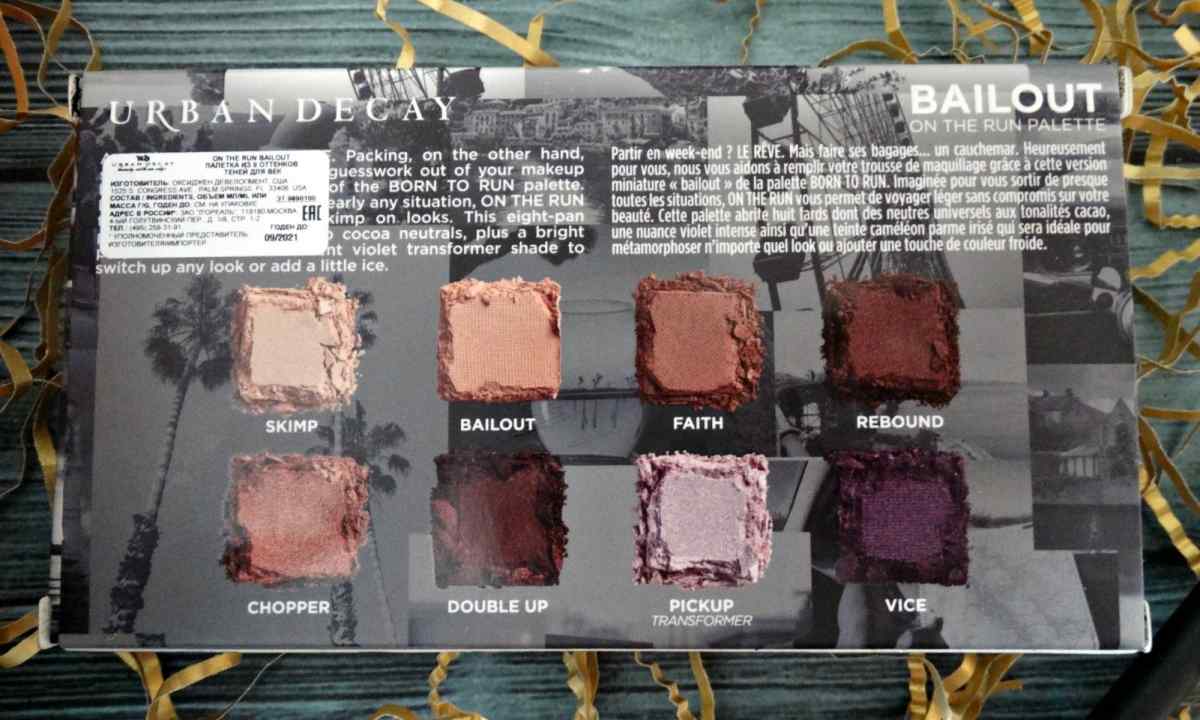The rainy and cool weather remaining during the long period of time constitutes big danger to orchids as promotes appearance of such terrible disease as black decay. This disease results from settling of plant fungi (for example, Pythium ultimum or Phytophthora cactorum) and affects the most various orchids, but to them Cattleya is especially susceptible kattleya (Latin). Black decay if not to treat it, quickly spreads on all plant and is also quickly transferred from one plant to another, therefore, in short terms can destroy all collection of orchids.
Fungi which cause black decay of orchid can live only in humid environment. These fungi consist of so-called zoodispute, capable to the independent movement in water - they in it float. If such infected water appears on leaf of orchid, then zoodisputes can get into fabrics of plant and there will begin the next stage of the life cycle. At this stage the fungus develops vegetative part or the mycelium consisting of hyphas, thin threadlike pipes which are quickly carried on all fabrics of plant. And as soon as it occurs, the first visible symptoms of infection - small, watery, transparent spots - expand and turn into big brown or black sites.
If the mushroom strikes seedling - and it, as a rule, occurs on the surface of the soil - that young plants perish because of black leg. The disease can strike to adult plants blow to any its part - to leaves, roots or pseudo-bulbs, but most often it arises on the new growing leaves and progresses down plant, reaching roots. The struck leaves can turn yellow around the infected area, and places of defeats will be soft and when pressing will exude. However, decay of roots and bases pseudo-bulb as it leads to the fastest death of orchid is most dangerous.
Unsterilized pots, contaminated water for watering and also the water which has got from the struck plants - all this sources of distribution of fungus. To avoid infection of the plants which are in the open air they have to be lifted on height of 90-120 cm above the ground. It is impossible to leave leaves of orchids damp during the long period. The key moment in prevention of disease is good air circulation in that place where orchids grow that will provide fast drying-out of plants after watering or rain. To improve air circulation and by that fans will help to prevent rotting of orchids in house conditions, for example. At the first symptoms of infection it is necessary to isolate all struck plants to avoid further infection of all collection. And at last, to prevent emergence of black decay on new sprouts some producers recommend to use in the spring fertilizers with the high content of calcium. To stop distribution of black decay on orchid it is necessary to cut off, first of all, (to cut) the struck part of plant so that at the same time to remove also small amount of the healthy fabric adjoining on the infected zone. It is possible to use only the sterile tool (knife, scalpel, etc.). Further it is necessary to study carefully cut-off part. Sometimes it is possible to see defeats of brown color in fabric which outside looks healthy. In case with simpodialny plants, such as kattleya to stop further spread of disease, it is necessary to cut all sick pseudo-bulbs. If the plant is strongly infected, it is necessary to cut and part of rhizome, piece behind piece, will not appear healthy fabric yet. At monopodialny orchid, such as Wanda or phalaenopsis, it is necessary to remove the infected part of leaf or, in case of need, all leaf. It is necessary to stop as soon as possible distribution of fungus before it does not reach krone and when death of orchid is already inevitable. Then it is necessary to put plant in well aired room and to watch that the cut has well dried up and has cicatrized. After the infected parts of plant have been removed, it is necessary to apply fungicide to protection of the remained healthy fabric. Cinnamon is excellent fungicide. It is possible to strew with ground cinnamon directly on affected areas where the infected parts of plant have been cut. Also it is recommended to mix cinnamon with glue on casein basis or with vegetable oil> for receiving dense paste. This paste rather waterproof can be also used for wound covering. Irrespective of the chosen method, fungicide it is necessary to protect all open (cut) places. He acts as sealant, corking all wounds owing to what the new infection will not be able to make the way in them. One more option of processing is impregnation of affected plants fungicide. For example, for protection of saplings against black leg, it is possible to water them with fungicide right after landing. In two weeks after that it is necessary to repeat processing by fungicide in the preventive purposes.

